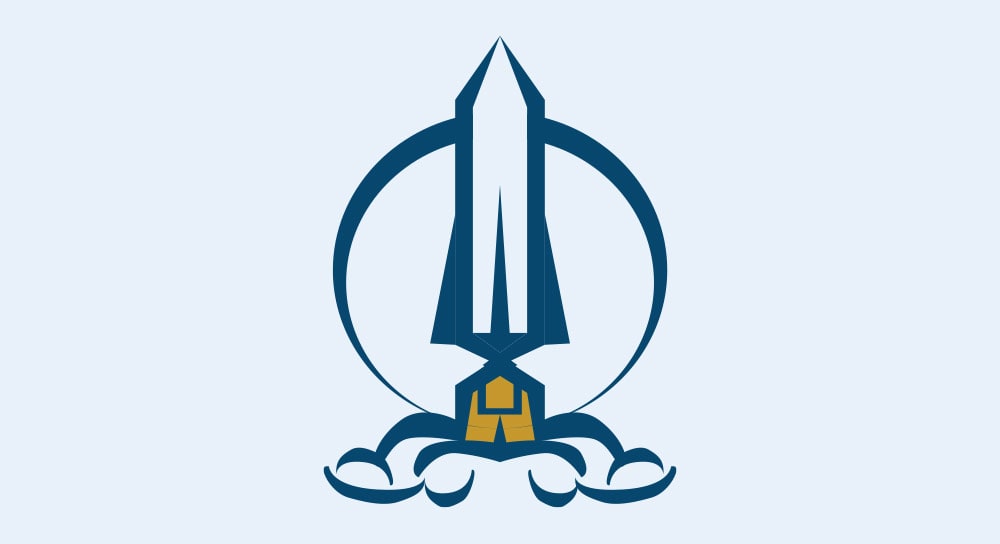During sheet metal fabrication, the cutting process is often automated using CNC laser or plasma cutting machinery. The cutting process may include additional layout lines (such as bend lines) that are etched on the sheet. The Autodesk Inventor Nesting Utility 2019.2.1 can be used to add these etched lines but the process is often overlooked.
We’ll start with the configuration of the nesting utility “Extract” and “Export” configuration files. These can be found under the “Options” command on the Manage tab of the nesting utility.
I will be using the same configuration for each but thismay vary depending on the layering information you wish to transfer during the nesting process from a DXF file. Below is the “Extract” configuration which is used to pick up the layering information from the source file created from the sheet metal flat pattern and saved to the source DXF file. Layer “0” will receive all the lines which represent the cutting edges and layer “1” will receive all the lines which represent the bend lines of the flat pattern. Layer “251” is the standard layer to receive all sheet layout lines, dimensions and other nesting information created by the nesting process. You will notice you can create as many configuration files as desired with different layer assignments. These can be selected quickly during the nesting process. These configuration files are independent of the nesting template.
Processing of sheet metal part begins with the Inventor sheet metal part flat pattern. Since the nesting utility uses layers to distinguish between etched lines and cutting edges, the flat pattern must be converted to a DXF file which can contain layer information. My part is a 14 GA mild steel part with two flanges and two internal features.
After the sheet metal file is complete, including a developed flat pattern, right click on the “Flat Pattern” in the browser. Select the “Save Copy As..” command from the context menu.
After choosing to save in DXF format, give the file a name and select the desired save folder. Select the “Save” icon to move to the Flat Pattern DXF Export Options dialog box. The main configuration takes place on the “Layer” tab. I have turned off all layers except the ones which will be used to extract the cutting profile and the bend lines. Notice that the cutting profile lines have been mapped to layer “0” and bend lines have been mapped to the “1” layer. Once configured, you can save the configuration using the “Save Configuration…” icon so you can quickly set up the configuration for the next part. Select “OK” to save the DXF file.
The next step is to create a nesting utility file using your company’s template. Since your source file is a DXF, the “Create Nest” command cannot be used from the sheet metal file.
Using the “Sources” command, select the saved DXF file from the previous step. I have added an extra DXF to show that sometimes you will get a warning symbol indicating that some of the lines in the DXF files do not close. In many cases, bend lines do not extend to edges, which is normal, so this error can be ignored. Be sure to remember to assign the correct material from your Process Material Library since DXF files do not pick this information up automatically. Select “Ok” to continue.
Using the “Create” command, configuring the Nesting Study is the same as with any source file type. Below you can see that I have created a nesting study with four parts on a 36” x 24” sheet of 14 GA Mild Steel. Note the extracted bend lines in the study.
The last step is to right click on the nesting study and choose either to “Export” or “Create 3D Model” of the nesting study. I will be choosing “Export” to create another DXF file which can be used by many CNC laser and plasma cutting applications to develop etching and cutting toolpaths. If you choose to create a 3D model and use the HSM CAM add-in in Inventor, it is possible, but you will be working with sketch lines rather than 3D models. The process is relatively simple but you must use a “manual” selection method for picking the toolpath profiles for both etching and cutting toolpaths.
Selecting the “Export” command, you will be presented with the Export dialog box where you can choose the file and folder to save the output DXF. Select “OK” to continue to the Export Configuration Editor. This will pick up the changes previously made in the Options, Export configuration file. Further changes can be made, if desired, and a preview of your results are available. Previous configuration files may also be selected for quick setup of the output DXF file. Select “Ok” to save the DXF file and close the dialog box.
In the image below, I have opened the exported DXF file in AutoCAD and turned off layer “251” to only show the bend lines on layer “1” and the cutting profile lines on layer “0”.






















